- Choose the Best Fertiliser
- 1. Nitrogen Content
- 2. Phosphorus and Potassium
- 3. Slow-release Fertilisers
- 4. Organic Fertilisers
- 5. Frequency of Application
- Importance of Fertilising Velvet Plants
- Factors to Consider when Choosing Fertiliser
- NPK Ratio for Maximum Flower Production
- Understanding NPK Ratio
- NPK Ratio Recommendations for Velvet Plants
- 1. Nitrogen (N)
- 2. Phosphorus (P)
- 3. Potassium (K)
- Organic vs. Inorganic Fertilisers
- Organic Fertilisers
- Inorganic Fertilisers
- Pros and Cons of Organic Fertilisers
- Advantages of Organic Fertilisers
- Disadvantages of Organic Fertilisers
- Pros and Cons of Inorganic Fertilisers
- Pros:
- Cons:
- Timing and Frequency of Fertilizing
- 1. Fertilizing during the active growth stage
- 2. Fertilizing before flowering
- 3. Frequency of fertilizing
- 4. Adjusting fertilization based on plant response
- 5. Watering after fertilizing
- Questions and Answers:
- What are velvet plants?
- How can I increase flower production on my velvet plants?
- What is the best fertiliser for increasing flower production on velvet plants?
- How often should I fertilise my velvet plants?
- Can I use homemade fertilisers for my velvet plants?
- Videos: How to growing yellow roses from flower buds | Propagate roses in a way not everyone knows
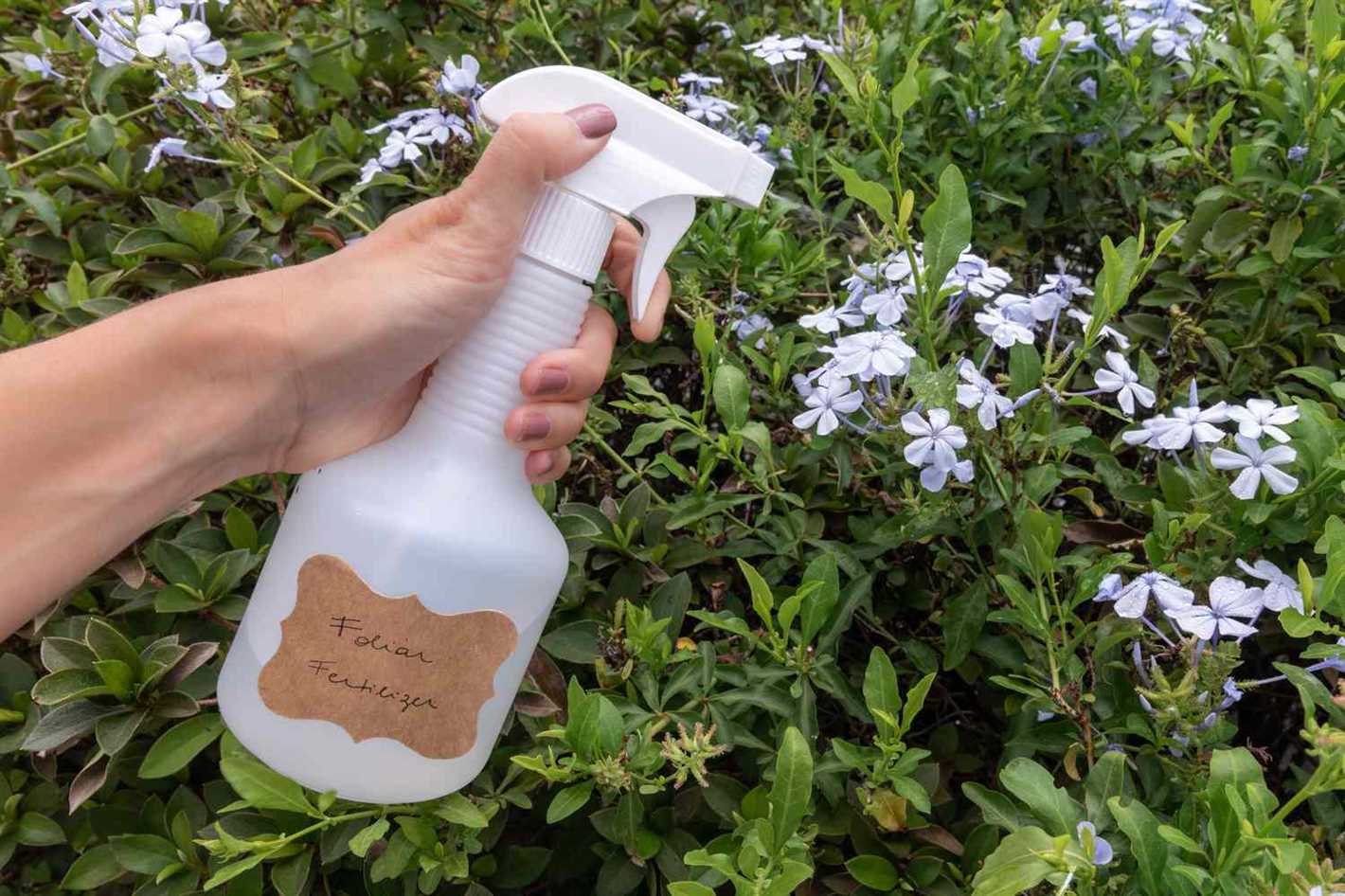
Growing velvet plants can be a rewarding hobby for many garden enthusiasts. These plants, known for their luxurious, soft-textured leaves and vibrant flowers, add a touch of elegance to any garden or indoor space. However, to get the most out of your velvet plants, you need to ensure proper care and nourishment.
One of the key factors in maximizing flower production on velvet plants is choosing the right fertiliser. With so many options available on the market, it can be overwhelming to decide which one to use. That’s why we’ve consulted experts in the field to bring you the top recommendations.
Nitrogen-rich fertilisers are essential for promoting lush leaf growth and overall plant health. Look for a formula with a higher nitrogen content, such as a ratio of 10-5-5, which means it contains 10% nitrogen, 5% phosphorus, and 5% potassium. This will provide the necessary nutrients for your velvet plants to thrive.
However, it’s important to note that while nitrogen is crucial, too much of it can lead to excessive vegetation and fewer flowers. Therefore, it’s crucial to follow the recommended dosage and frequency of fertiliser application as specified by the manufacturer or gardening experts.
Another important nutrient to consider is phosphorus. Phosphorus promotes root development and flower production. Look for a fertiliser with a higher phosphorus content, such as a ratio of 5-10-10. This will help enhance the overall blooming process and increase the number and size of flowers on your velvet plants.
Choose the Best Fertiliser


When it comes to choosing the best fertiliser for increasing flower production on velvet plants, there are a few key factors to consider. Here are some expert tips to help guide you in selecting the right fertiliser:
1. Nitrogen Content
Look for a fertiliser that has a higher nitrogen content. Nitrogen helps promote leafy growth and lush foliage, which in turn can lead to an increase in flower production. Velvet plants thrive on nitrogen-rich fertilisers, so be sure to choose one with a higher percentage of this essential nutrient.
2. Phosphorus and Potassium
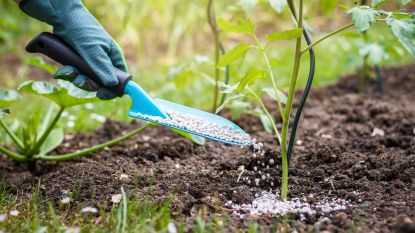

In addition to nitrogen, velvet plants also need phosphorus and potassium for healthy flower production. Phosphorus promotes root development and helps with overall plant growth, while potassium aids in flower production and increases the plant’s resistance to disease. Make sure the fertiliser you choose contains a balanced amount of phosphorus and potassium.
3. Slow-release Fertilisers


Consider using slow-release fertilisers for velvet plants. These types of fertilisers release nutrients slowly over time, providing a steady supply to the plants. This can prevent over-fertilisation and ensure that the plants receive a consistent amount of nutrients to support flower production.
4. Organic Fertilisers
If you prefer an organic approach, consider using organic fertilisers for your velvet plants. Organic fertilisers contain natural ingredients and are free from synthetic chemicals. They provide a slow and steady release of nutrients, improving soil health and promoting long-term flower production.
5. Frequency of Application
Pay attention to the frequency of fertiliser application. Velvet plants generally benefit from regular fertilisation during their active growing season. Follow the instructions on the fertiliser package for the recommended application rate and interval. Over-fertilisation can lead to nutrient burn, so be careful not to exceed the recommended application rate.
By considering these key factors and choosing the best fertiliser for your velvet plants, you can enhance flower production and enjoy a beautiful and vibrant display of blooms.
Importance of Fertilising Velvet Plants
Fertilising velvet plants is crucial for increasing flower production and ensuring their overall health and vitality. These lush and vibrant plants require proper nutrition to thrive and produce an abundance of beautiful blooms. Here are several reasons why fertilising velvet plants is important:
- Providing essential nutrients: Fertilisers contain essential nutrients like nitrogen, phosphorus, and potassium that velvet plants need for healthy growth and development. These nutrients play a vital role in promoting robust root development, lush foliage, and abundant flower production.
- Enhancing flower production: Fertilisers with a balanced ratio of nutrients, particularly phosphorus, help promote abundant flower production in velvet plants. Phosphorus is essential for stimulating flower bud formation, improving the quality of blooms, and prolonging the blooming period.
- Boosting overall plant health: Fertilisers provide micronutrients such as iron, magnesium, and zinc, which are essential for maintaining optimal plant health. These micronutrients aid in various metabolic processes, including photosynthesis, disease resistance, and overall stress tolerance.
- Improving soil fertility: Regular fertilisation helps improve soil fertility by replenishing nutrients that may be depleted over time. This is particularly important in potted velvet plants, where nutrients can quickly leach out of the soil due to frequent watering. Fertilisers also enhance soil structure and microbial activity, creating an ideal environment for velvet plants to thrive.
- Preventing nutrient deficiencies: Without adequate fertilisation, velvet plants can develop nutrient deficiencies, which can manifest as stunted growth, yellowing leaves, and poor flowering. Fertilisers help prevent these deficiencies and ensure that velvet plants receive a well-rounded supply of essential nutrients.
It is important to choose the right fertiliser for velvet plants and follow the recommended application rates. Over-fertilisation can lead to nutrient imbalances and potential damage to the plants, while under-fertilisation can result in poor growth and flowering. Regular fertilisation, combined with proper watering and sunlight, will help keep your velvet plants healthy, vibrant, and blooming beautifully.
Factors to Consider when Choosing Fertiliser
- Nutrient Content: Look for a fertiliser that is specifically formulated for flowering plants. It should contain a balanced ratio of essential nutrients such as nitrogen, phosphorus, and potassium.
- Nitrogen: Consider the nitrogen content in the fertiliser. While nitrogen is necessary for plant growth, too much nitrogen can result in excessive leaf growth at the expense of flower production.
- Phosphorus: Pay attention to the phosphorus content in the fertiliser. Phosphorus is essential for flower formation and root development. Look for a fertiliser with higher phosphorus levels to promote increased flower production.
- Potassium: Check the potassium content in the fertiliser. Potassium helps plants withstand stress and improves their overall health. It is also important for promoting flower development and color.
- Slow-release or Liquid Fertiliser: Consider whether you prefer a slow-release or liquid fertiliser. Slow-release fertilisers are applied less frequently and provide long-term nourishment, while liquid fertilisers offer more immediate results but require more frequent applications.
- Organic or Synthetic Fertiliser: Decide if you want to use organic or synthetic fertilisers. Organic fertilisers are derived from natural sources and provide long-term soil enrichment. Synthetic fertilisers are chemically formulated and offer quick results.
Solubility: Look for a fertiliser that is easily dissolved in water for better absorption by the plant roots. - Secondary Nutrients and Trace Elements: Consider if your plants require any specific secondary nutrients or trace elements. These micronutrients play a crucial role in plant growth and flowering.
- Application Method: Determine the application method that best suits your needs. Some fertilisers are applied directly to the soil, while others can be dissolved in water for easy application.
- Cost: Take into account the cost of the fertiliser. Compare prices and consider the value for money in terms of the nutrient content and effectiveness of the product.
NPK Ratio for Maximum Flower Production


When it comes to increasing flower production on velvet plants, choosing the right NPK ratio is crucial. NPK stands for nitrogen (N), phosphorus (P), and potassium (K), which are the three main nutrients necessary for plant growth and development.
To promote maximum flower production, it is recommended to use a fertilizer with a high phosphorus (P) content. Phosphorus is essential for flower development and helps stimulate blooming.
When selecting a fertilizer, look for a ratio with a higher middle number (phosphorus content) compared to the other two numbers. For example, a ratio of 10-30-10 or 5-20-5 would be suitable for promoting flower production on velvet plants.
It’s important to note that the NPK ratio alone is not the only factor to consider. Other factors such as the quality of the fertilizer, the needs of the specific velvet plant species, and environmental conditions also play a role in achieving optimal flower production.
It’s recommended to follow the instructions provided by the fertilizer manufacturer and adjust the application rates based on the specific needs of your velvet plants. Regularly monitor the plants for signs of nutrient deficiency or excess and make adjustments as needed.
In addition to a well-balanced NPK ratio, providing adequate sunlight, proper watering, and maintaining good soil health are also essential for maximizing flower production on velvet plants.
Understanding NPK Ratio
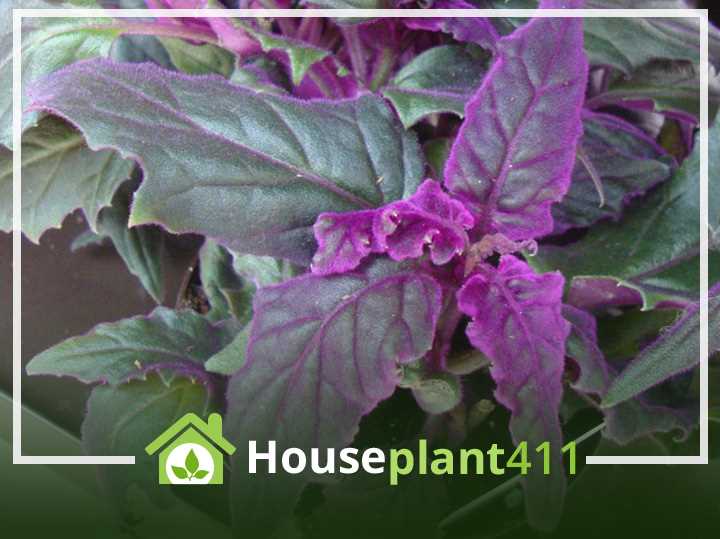

NPK ratio refers to the ratio of essential elements nitrogen (N), phosphorus (P), and potassium (K) found in fertilizers. The NPK ratio is written as three numbers, such as 10-10-10, which indicate the percentage of each element present in the fertilizer.
Nitrogen (N): Nitrogen is essential for promoting leaf and stem growth in plants. It is responsible for the green color of plants and helps in the production of chlorophyll.
Phosphorus (P): Phosphorus is crucial for promoting flower and fruit development in plants. It aids in the formation of DNA, RNA, and ATP, which are essential for plant growth and reproduction.
Potassium (K): Potassium is important for overall plant health and helps in various physiological processes. It enhances the plant’s ability to resist diseases and plays a vital role in the production of carbohydrates and photosynthesis.
The NPK ratio on a fertilizer package indicates the relative amount of nitrogen, phosphorus, and potassium. For example, a fertilizer with a NPK ratio of 10-10-10 contains 10% nitrogen, 10% phosphorus, and 10% potassium.
When selecting a fertilizer for increasing flower production on velvet plants, it is important to consider the specific needs of the plant. Velvet plants generally benefit from a balanced fertilizer, such as a 10-10-10 or 20-20-20 ratio, which provides equal amounts of nitrogen, phosphorus, and potassium.
However, it is also important to consider other factors such as the soil condition, plant age, and specific nutrient deficiencies. Conducting a soil test can help determine the exact fertilizer requirements for your velvet plants.
In addition to the NPK ratio, it is also beneficial to look for fertilizers that contain micronutrients such as iron, magnesium, and calcium, as these elements are essential for the overall health and vigor of velvet plants.
By understanding the NPK ratio and considering the specific needs of your velvet plants, you can select the best fertiliser to increase their flower production and promote overall plant growth.
NPK Ratio Recommendations for Velvet Plants
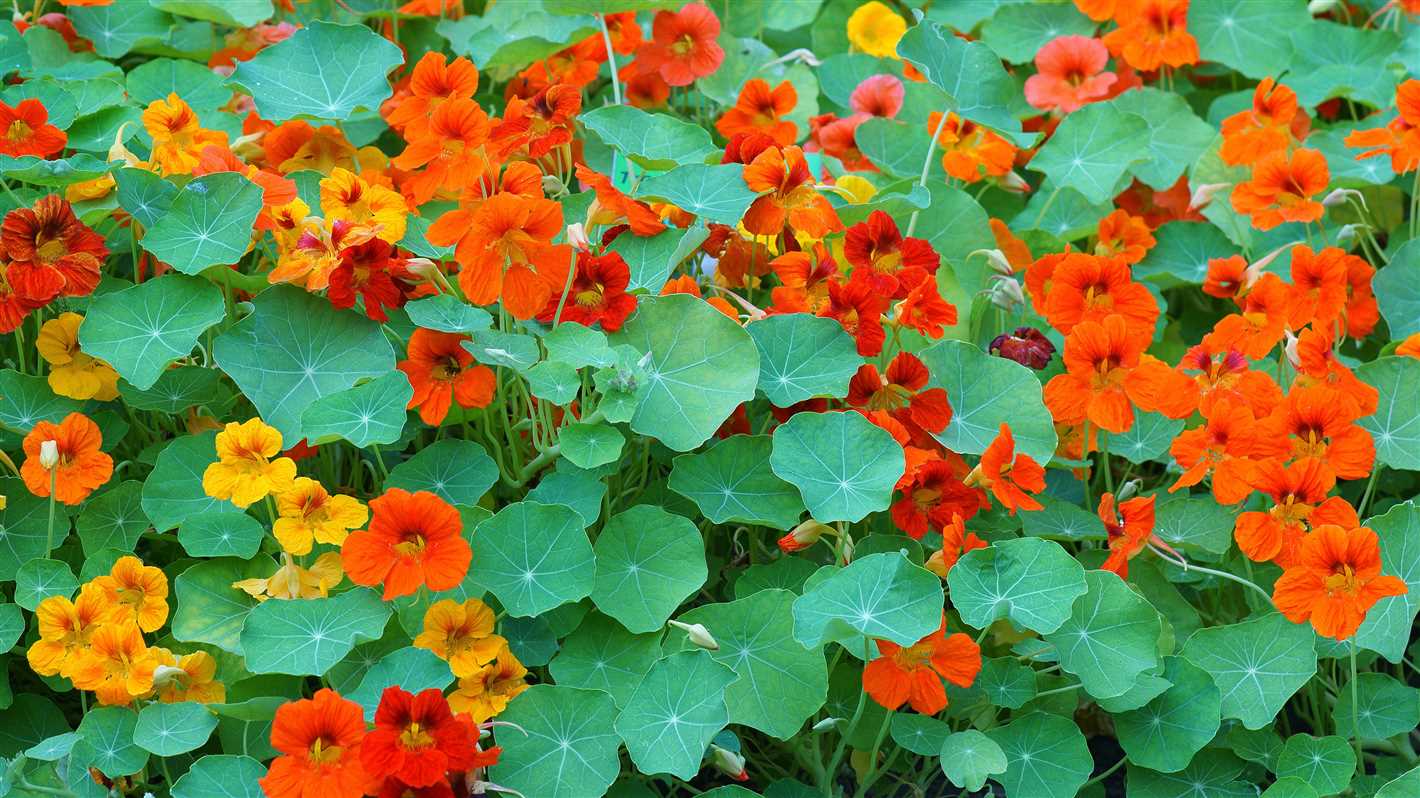

Choosing the right NPK (nitrogen, phosphorus, and potassium) ratio is crucial for the healthy growth and maximum flower production of velvet plants. Here are some recommendations to help you select the best NPK ratio for your velvet plants:
1. Nitrogen (N)
- Low Nitrogen: Velvet plants generally require a lower nitrogen content in their fertilizer. Excessive nitrogen can promote excessive foliage growth at the expense of flower production.
- Nitrogen-deficient: If your velvet plants show signs of nitrogen deficiency, such as yellowing leaves or stunted growth, a small amount of nitrogen-rich fertilizer can be added.
2. Phosphorus (P)
- High Phosphorus: Velvet plants benefit from a higher phosphorus content in their fertilizer. Phosphorus promotes root development, flowering, and overall plant health.
- Phosphorus-deficient: If your velvet plants exhibit slow growth, weak stems, or fail to flower, applying a phosphorus-rich fertilizer can help address the deficiency.
3. Potassium (K)
- Balanced Potassium: A balanced amount of potassium is important for velvet plants, as it aids in overall plant vigor and disease resistance.
- Potassium-deficient: If your velvet plants show signs of potassium deficiency, such as weak stems, discoloration, or increased susceptibility to diseases, a potassium-rich fertilizer can be applied.
It’s important to note that the specific NPK ratio for velvet plants can vary depending on the variety and growing conditions. It is advisable to consult a gardening expert or conduct a soil test to determine the precise nutrient requirements of your velvet plants.
| Fertilizer Type | Nitrogen (N) | Phosphorus (P) | Potassium (K) |
|---|---|---|---|
| 10-20-10 | 10% | 20% | 10% |
| 5-10-5 | 5% | 10% | 5% |
| 15-30-15 | 15% | 30% | 15% |
These are just a few examples of NPK ratios that can be suitable for velvet plants. Always follow the instructions provided by the fertilizer manufacturer and adjust the ratios based on the specific needs of your plants.
Organic vs. Inorganic Fertilisers
When it comes to fertilising velvet plants to increase flower production, you have two main options: organic fertilisers and inorganic fertilisers. Each type has its own advantages and disadvantages, so it’s important to understand the differences before making a decision.
Organic Fertilisers
Organic fertilisers are made from natural materials such as compost, manure, and plant extracts. They provide nutrients to the plants in a slow-release form, which means that they release nutrients gradually over time. This slow-release feature makes organic fertilisers suitable for long-term use, as they help build a healthy soil structure.
Advantages of Organic Fertilisers:
- Environmentally friendly: Organic fertilisers are derived from natural sources, reducing the negative impact on the environment.
- Improves soil quality: Organic fertilisers enrich the soil with organic matter, improving its structure and water retention capacity.
- Sustainable: They are renewable resources that can be created on-site.
- Safe for plants, animals, and humans: Organic fertilisers are generally gentle and do not pose immediate harm to plants, animals, or humans when used properly.
Disadvantages of Organic Fertilisers:
- Slow-acting: Organic fertilisers take time to break down and release nutrients, so they may not provide an immediate boost to flower production.
- Inconsistent nutrient levels: The nutrient content of organic fertilisers can vary, making it more challenging to achieve precise nutrient ratios.
- Potential for odor: Some organic fertilisers, such as manure, may have a strong odor that could be unpleasant.
Inorganic Fertilisers
Inorganic fertilisers, also known as synthetic or chemical fertilisers, are manufactured from synthetic materials. They typically have higher concentrations of specific nutrients and provide an immediate nutrient source to plants.
Advantages of Inorganic Fertilisers:
- Fast-acting: Inorganic fertilisers release nutrients quickly, providing an immediate boost to plant growth and flower production.
- Precise nutrient control: The nutrient content of inorganic fertilisers is precisely formulated, allowing you to provide plants with specific ratios of nutrients.
- No odors: Unlike some organic fertilisers, inorganic fertilisers do not produce strong odors.
- Convenient and easy to use: Inorganic fertilisers often come in pre-packaged forms that are easy to handle and apply.
Disadvantages of Inorganic Fertilisers:
- Environmental concerns: Inorganic fertilisers can contribute to water pollution if not used properly, as excess nutrients may leach into waterways.
- Can harm beneficial soil organisms: Inorganic fertilisers can disrupt the balance of soil microorganisms, leading to a decrease in soil health over time.
- Can accumulate in the soil: Overuse of inorganic fertilisers can result in salt buildup in the soil, which can be harmful to plants.
Ultimately, the choice between organic and inorganic fertilisers for increasing flower production on velvet plants depends on your specific needs and preferences. Organic fertilisers are often preferred for their sustainability and long-term benefits to soil health, while inorganic fertilisers offer immediate results and precise nutrient control. Consider factors such as environmental impact, soil health, and your own gardening practices when deciding which type of fertiliser to use.
Pros and Cons of Organic Fertilisers
Advantages of Organic Fertilisers


- Environmentally friendly: Organic fertilisers are derived from natural sources such as plant materials, animal manure, and compost. They do not contain synthetic chemicals or harmful substances, making them safe for the environment.
- Slow-release of nutrients: Organic fertilisers release nutrients slowly over time as they decompose, providing a steady supply of nutrition to plants.
- Improves soil structure: Organic fertilisers increase the organic matter content in soil, which helps improve soil structure, water retention, and drainage.
- Enhances soil fertility: Organic fertilisers supply essential nutrients – nitrogen, phosphorus, and potassium – along with micronutrients to the soil. This improves soil fertility, ensuring healthier plant growth.
- Promotes beneficial soil microorganisms: Organic fertilisers stimulate the growth of beneficial microorganisms in the soil, which help break down organic matter and make nutrients more available to plants.
Disadvantages of Organic Fertilisers
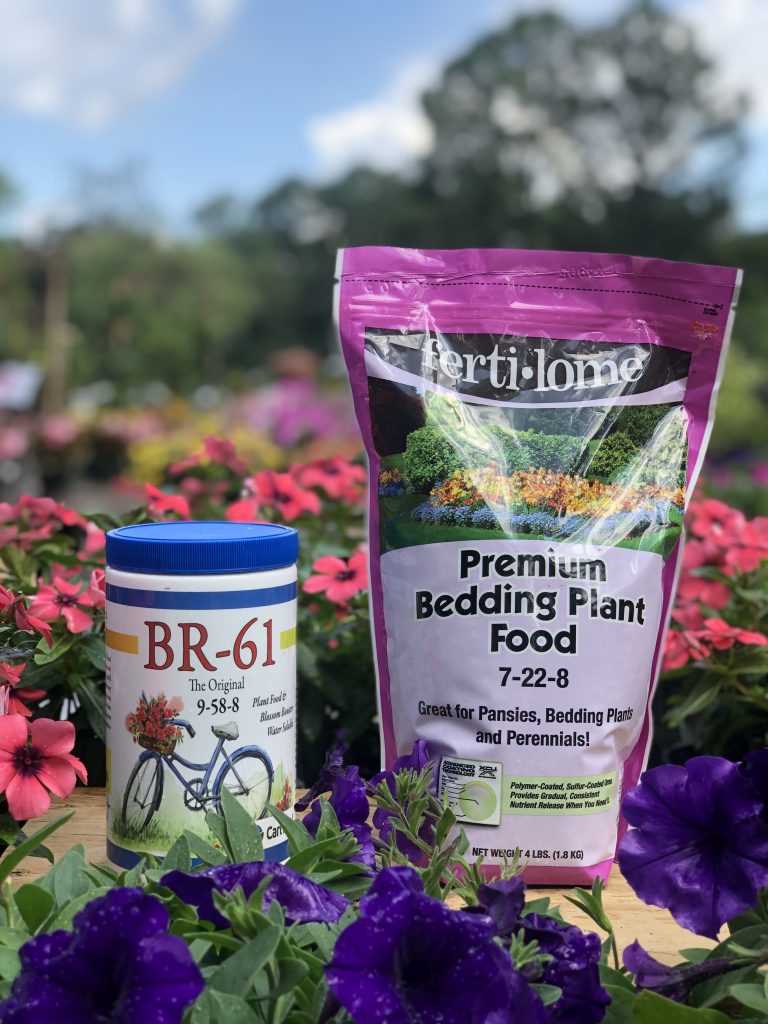

- Higher cost: Organic fertilisers are generally more expensive than synthetic fertilisers due to the more complex manufacturing process and limited availability.
- Slow nutrient release: While the slow-release property of organic fertilisers is beneficial, it also means that the nutrients are released gradually and may not provide an immediate boost to plants.
- Variable nutrient content: The nutrient content in organic fertilisers may vary depending on the source material and the decomposition process. This makes it harder to accurately determine the amount of nutrients being applied to the plants.
- Possibility of weed seeds and pathogens: Organic fertilisers, especially those derived from manure or compost, may contain weed seeds or pathogens that can cause problems for the plants.
- Strong odor: Some organic fertilisers, such as fish emulsion or blood meal, have a strong smell that can be unpleasant to some people.
Pros and Cons of Inorganic Fertilisers
Inorganic fertilisers are synthetic or man-made products that provide essential nutrients to plants. They are widely used in agriculture and gardening to promote plant growth and increase flower production. However, there are both advantages and disadvantages to using inorganic fertilisers.
Pros:
- Easy availability: Inorganic fertilisers are readily available in garden centers, nurseries, and online stores. They come in different forms, such as granules, powders, and liquids, making them easy to use.
- Fast-acting: Inorganic fertilisers are formulated to release nutrients quickly, enabling plants to absorb them immediately. This results in rapid growth and increased flower production.
- Specific nutrient content: Inorganic fertilisers are developed with specific nutrient ratios, allowing gardeners to address specific plant needs. They can choose fertilisers with high nitrogen, phosphorus, or potassium content based on the requirements of their velvet plants.
- Control over nutrient levels: With inorganic fertilisers, gardeners have more control over the nutrient levels in their soil. They can adjust the amount and frequency of fertiliser application to meet the needs of their plants.
- Long shelf life: Inorganic fertilisers have a long shelf life, and their nutrient content remains stable over time. This makes them a convenient option for gardeners who don’t frequently use fertilisers.
Cons:
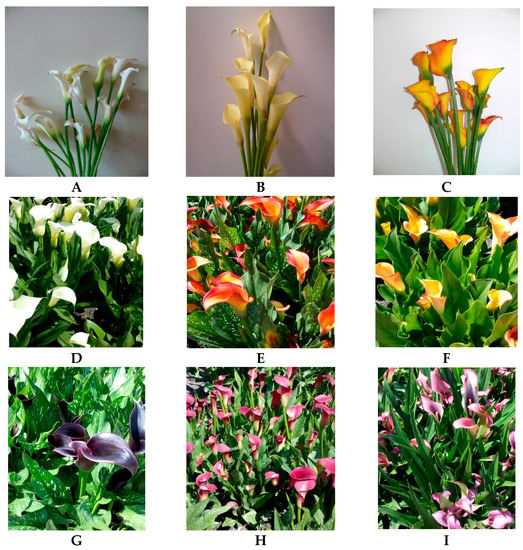

- Environmental impact: Inorganic fertilisers can have negative effects on the environment. Excessive use of fertilisers can result in nutrient runoff, leading to water pollution in rivers, lakes, and other water bodies. It can also disrupt the balance of nutrients in the soil and affect the natural ecosystem.
- Potential for plant burn: Inorganic fertilisers, especially when applied improperly or at high concentrations, can burn the roots and foliage of velvet plants, causing damage or even death.
- Dependency on continual application: Inorganic fertilisers provide quick bursts of nutrients but may not have long-lasting effects. Gardeners may need to apply fertilisers frequently to maintain optimal nutrient levels for their plants.
- Lack of organic matter: Inorganic fertilisers do not contribute to the overall improvement of soil health and structure. They do not add organic matter, which is important for soil fertility and microbial activity.
- Cost: Inorganic fertilisers can be more expensive than organic alternatives, especially if you have a large garden or need to fertilise your velvet plants regularly.
While inorganic fertilisers can provide short-term benefits in terms of immediate nutrient availability and rapid plant growth, it’s important to consider their potential drawbacks. It’s recommended to use inorganic fertilisers judiciously, following the instructions provided by the manufacturer and considering the specific needs of your velvet plants and the environment.
Timing and Frequency of Fertilizing
Fertilizing velvet plants at the right time and with the appropriate frequency is crucial for achieving increased flower production. Here are some expert tips to help you determine the best timing and frequency for fertilizing your velvet plants:
1. Fertilizing during the active growth stage
Velvet plants should be fertilized during their active growth stage, which typically occurs in spring and summer. This is when the plants require more nutrients to support their growth and flower production. Avoid fertilizing during the dormant or resting stage, as the plants are not actively growing and may not be able to absorb the nutrients efficiently.
2. Fertilizing before flowering
It is recommended to apply fertilizers a few weeks before the expected flowering period. This will ensure that the plants have sufficient nutrients to support the development and formation of abundant flowers. Look for fertilizers that are specifically formulated for flowering plants and follow the package instructions for application rates.
3. Frequency of fertilizing
The frequency of fertilizing velvet plants varies depending on the specific fertilizer used. However, in general, it is advisable to fertilize every 2-4 weeks during the active growth stage. Always refer to the instructions provided by the fertilizer manufacturer to determine the correct frequency for your specific product.
4. Adjusting fertilization based on plant response
It is important to monitor the plants’ response to fertilization and make adjustments accordingly. If the plants show signs of over-fertilization, such as wilting, leaf burn, or stunted growth, reduce the frequency or concentration of the fertilizer. On the other hand, if the plants appear pale or weak, consider increasing the frequency or concentration of fertilizers.
5. Watering after fertilizing
After applying fertilizers, it is crucial to thoroughly water the plants. This helps to distribute the nutrients evenly and prevents the buildup of salts and other harmful substances in the soil. Ensure that the water penetrates the root zone to promote nutrient absorption.
Following these guidelines for timing and frequency of fertilizing will help you optimize the growth and flower production of your velvet plants. Remember to always read and follow the instructions provided by the fertilizer manufacturer for best results.
Questions and Answers:
What are velvet plants?
Velvet plants are a type of plant that has velvety leaves or flowers, giving them a unique and beautiful appearance. They are popular among gardeners and are often used as decorative plants in homes and gardens.
How can I increase flower production on my velvet plants?
To increase flower production on velvet plants, it is important to use the right fertiliser. Choose a fertiliser that is high in phosphorus, as phosphorus is essential for promoting flower growth. Additionally, make sure to provide adequate sunlight, water, and proper care to your velvet plants.
What is the best fertiliser for increasing flower production on velvet plants?
The best fertiliser for increasing flower production on velvet plants is one that is specifically formulated for flowering plants and high in phosphorus. Look for fertilisers that have a higher middle number in their N-P-K ratio, indicating higher phosphorus content. Alternatively, organic fertilisers such as bone meal or bat guano can also be effective in promoting flower growth.
How often should I fertilise my velvet plants?
You should fertilise your velvet plants every 2-4 weeks during the growing season, which is usually spring and summer. However, it is important to follow the instructions on the fertiliser packaging, as different fertilisers may have different application rates and frequencies.
Can I use homemade fertilisers for my velvet plants?
Yes, you can use homemade fertilisers for your velvet plants. Organic compost, compost tea, and homemade liquid fertilisers made from kitchen scraps or plant materials can be effective in providing nutrients to your plants. However, it is important to ensure that the homemade fertilisers are balanced and provide the necessary nutrients, especially phosphorus, for flower production.







